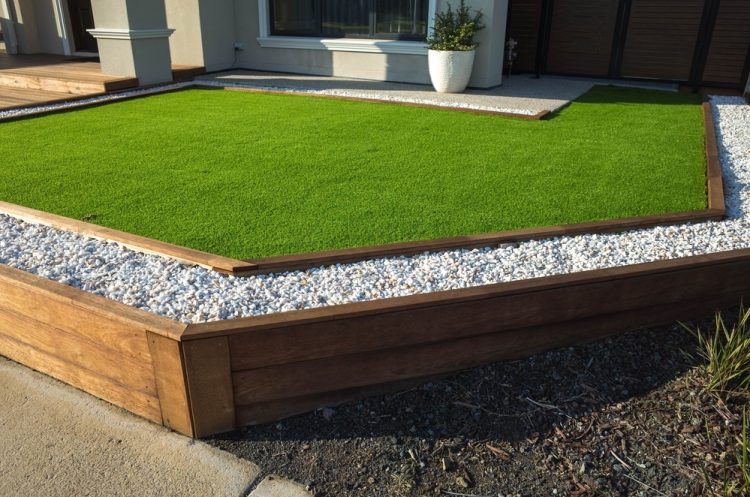In our swiftly advancing world, where the concrete jungle prevails, the imperative of reconnecting with nature for the sustenance of a healthy mind cannot be overstated. Join us on a captivating expedition into the confluence of neuroscience and aesthetics as we unravel the extraordinary potential of artificial grass, not just as a visual treat but as a veritable elixir for our cognitive and emotional well-being.
The Enigmatic Power of Visual Elements
Our brains, intricate marvels of nature, are innately predisposed to respond to visual stimuli. Green surroundings, as evidenced by numerous studies, are consistently correlated with an array of positive psychological effects. The ability of green environments to assuage stress, elevate moods, and augment cognitive function is well-documented. This naturally sparks an intriguing question: Can artificial grass authentically reproduce these cognitive and emotional benefits?
Reveling in the Allure of Artificial Grass
Often relegated to the sidelines in discussions about landscaping, artificial grass assumes a riveting role in the pursuit of visual stimulation. It transcends the role of a mere mimicry of natural grass; it enhances the experience with its year-round vibrancy and the added charm of minimal maintenance. As we delve into the enthralling interplay of neuroscience and aesthetics, artificial grass emerges not merely as an alternative but as a compelling contender in the quest for environments that are both visually pleasing and mentally enriching.
Cognitive Harmony in Green Spaces
Drawing inspiration from neuroscience, it becomes evident that our brains exhibit positive responses to natural scenes, activating regions associated with pleasure and emotional equilibrium. The vibrant green hue of meticulously maintained artificial grass can induce comparable responses, constructing a visual sanctuary that harmonizes with our intrinsic connection to nature. The significance extends beyond aesthetics; it is about crafting an environment that actively nurtures and supports our mental well-being.
The Emotional Symphony of Artificial Grass
Imagine a backyard adorned with a lively, evergreen artificial lawn. The sheer sight of such synthetic greenery possesses the potential to evoke profound feelings of tranquility and contentment. The brain, interpreting this scene, may release neurotransmitters intricately linked to relaxation and happiness. Artificial grass, thus, transcends the realm of landscaping, evolving into a visual element that profoundly influences our emotional state.

Seamless Integration of Artificial Greenery into Daily Life
To fathom the complete spectrum of benefits of artificial grass, contemplate its seamless integration into diverse spaces beyond conventional lawns. Indoor areas, rooftop gardens, and recreational spaces all stand to benefit from the visually appealing nature of artificial grass. By seamlessly introducing synthetic greenery into our daily environments, we actively contribute to the formation of spaces that not only captivate the eye but also enhance our overall well-being.
A Holistic View of Artificial Grass Benefits
While navigating the nexus of neuroscience and visual stimuli, it is imperative to acknowledge the practical advantages of artificial grass. Beyond its visual allure, artificial grass demands minimal upkeep, contributing to water conservation efforts and eliminating the need for harmful pesticides and fertilizers.
Elevating Lives with the Evergreen Touch
In summation, the neuroscience of natural aesthetics illuminates the profound significance of visual stimuli in our day-to-day lives. Artificial grass, with its enduring green allure, assumes the role of a potent visual element that seamlessly aligns with our innate affinity for nature. In our quest for environments that actively foster mental well-being, artificial grass emerges not only as a visually pleasing choice but also as one replete with practical benefits, paving the way for a sustainable future. All in all, the evergreen touch has the power to elevate lives anywhere and everywhere.








